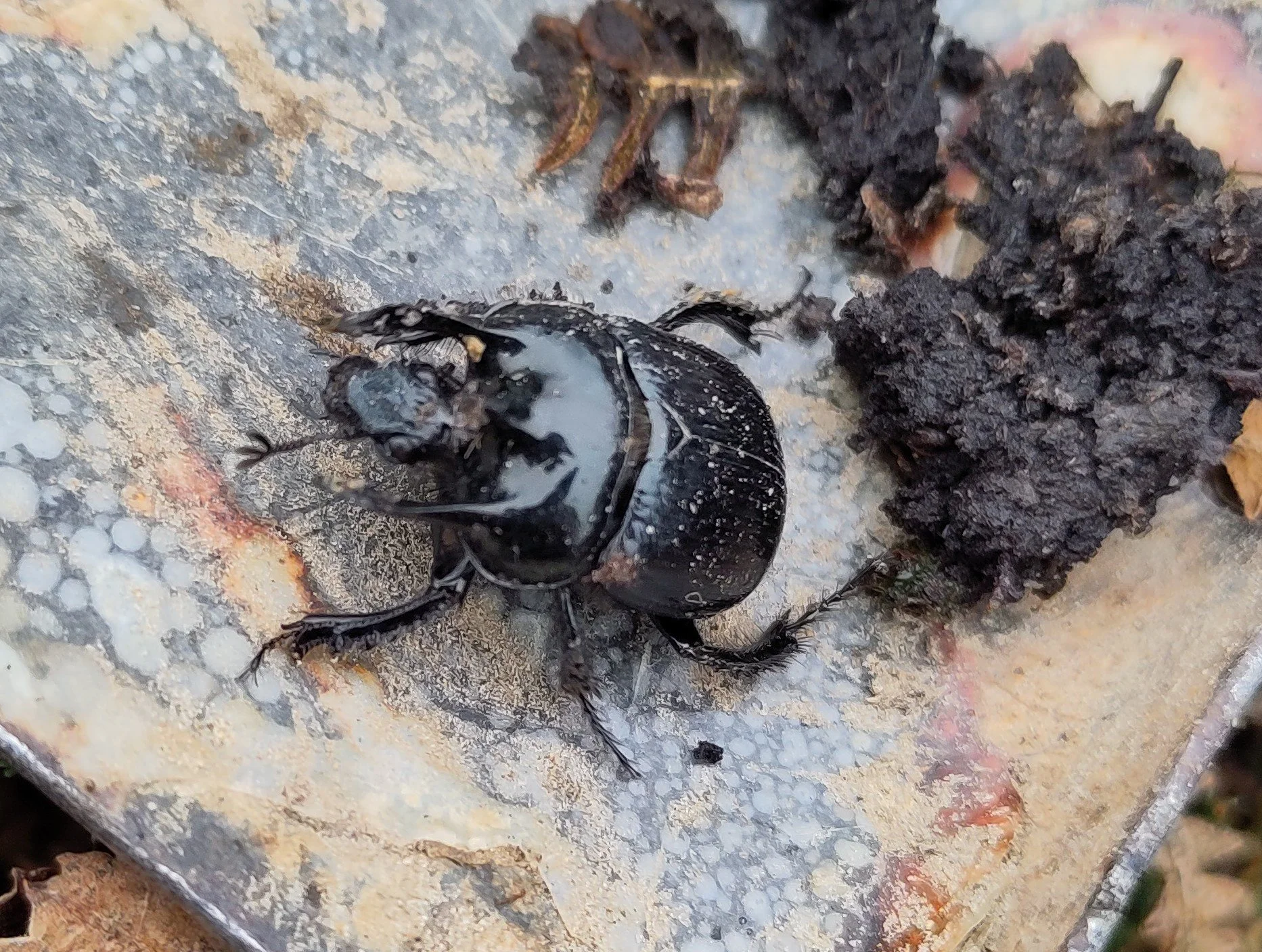Field of Dreams “Build It and They Will Come”
Bat Park Acid Lowland Grassland - Wilderness Wood’s very own ‘Field of Dreams’
“So is Bat Park a good place for watching bats then?”
A fair question considering its name I suppose, but my pat answer is always “No more than anywhere else in Wilderness Wood.”
“So why is it called Bat Park?”
I have to pass the buck at this point, since it was not given its name during my 10 years of working here. The previous owners, Chris and Anne Yarrow might be able to assist.
What Bat Park does represent is a long, patient process of ecological management over the last 9 or 10 years.
But let me back-track a little at this point. Bat Park, for the uninitiated, is an area of Wilderness Wood on the high ground to the east of the Wilderness Valley. Following the A-Z trail (get a map from The Hatch when you pay your entry fee), it is between points U and V. It is a restricted conservation area, but you can get the best view of it from the double gate if you walk 100m downhill from V(left doing the trail in the A-Z direction).
“Field of Dreams” is an appropriate title for this part of the wood since it came about as the result of a dream Dan (one of the owners) had about changing an area of diseased woodland to grassland. It was decided to level part of the area cleared of diseased trees and start again. A little ambitiously perhaps he imagined an area of grassland full of wildflowers. The reality turned out to be a little different.
What little soil that was retrieved from the original valley side and replaced after levelling was immediately washed away by rainstorms before plant roots could stabilise it. This left virtually nothing for any plants to grow in. In effect we were left with the kind of surface exposed after the last ice age!
I volunteered my labour to try to conjure something aesthetically pleasing in its place. So far it has taken 7 or so years to get to where we are now. On top of further rain storms washing soil away or at least waterlogging what little remains, we've had to battle intense summer droughts, rabbit grazing the ground flora, invasive birch colonisation and deer browsing of our planted hedges.
This has required excluding both rabbits and deer with a suitable mesh fence, irrigation during the first baking hot summer, covering with straw and dead bracken fronds to give grassland plant seed chance to develop roots and dig drains to intercept surface run-off during heavy rainstorms.
Rabbit exclusion illustrates to impact they have, grazing on the acid lowland grassland area of Bat Park
Today the grassland half of the felled and fenced area now has a good sward of rabbit grazed grass (the rabbit fence has yet to be completed and we are still unsure if we do want to totally exclude them after all). Four 2m x 2m plots have been surveyed for the past 6 years, with two of these excluding rabbits and the other two acting as control plots. The difference is quite marked and shows the impact rabbit grazing has. However, it turns out rabbits are in many respects contributing to the restoration since their poo is used by minotaur beetles to feed their larvae.
Minotaur beetles now must number up to 100 at Bat Park judging by the number of their holes
The remaining half of the Bat Park conservation experiment has been encouraged to develop as lowland heath. After a serious forest fire some years ago almost all the original heather on the site was wiped out. Fortunately a small area survived, so we took small plugs of heather from this and transplanted them. 6 years on these have flourished, with at least half of the non-grassland half of Bat Park now presenting a sea of purple flowers every August. Keeping it lowland heath is a constant battle since birch trees, bracken and bramble insist on laying claim to the area also. It seems 'B' is bad for heathland restoration.
Our conservation efforts have therefore focussed on removal of the three Bs each year, with the exception of 15% tree cover which is allowed for perching birds. If we didn't keep up this management plan then the whole area would quickly revert to birch woodland. In fact this is currently being allowed to happen in the other half of the heathland part of the site.
Above - transplanted common heather plugs flourish, whilst birch, bracken and bramble are cut back. Below - the other half of the heath is left to be colonised by birch, bracken and self seeded scots pine.
So we now have three vegetation types within Bat Park – acid lowland grassland (the 'natural' vegetation of non-wooded areas of the High Weald), heathland and developing birch woodland. Throw into this we have over 100 metres of mixed hedgerow and a small pond and we can be quite pleased with the progress made.
The threats to the site have changed from too much rain (or too little), rabbit grazing and deer browsing, to invasion of the heathland by birch, bracken and bramble and (ironically) invasion of the grassland by heather plants.
On the plus side we have recorded masses of minotaur beetles and as yet unidentified species of grasshopper, solitary bees and wasps, spiders, ants and flies. Doubtless many of these will be specific to heathland. New plants that have colonised the site include self-heal, tormentil, centaury, sheep sorrel, catsear, fairy flax, lesser knapweed and birdsfoot trefoil.
Minotaur Beetle Burrow - the halo of pale subsoil adorns the burrow. We built it and they came. Others will follow.





